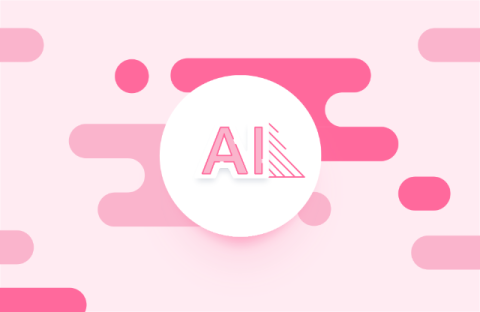Protect Sensitive Data with Key Privacy Enhancing Techniques
In today’s digital world, protecting sensitive data is more critical than ever. Organizations handle vast amounts оf information daily, much оf which includes sensitive data like Personally Identifiable Information (PII), financial details, and confidential business records. The exposure of this data can lead to severe consequences, including identity theft, financial loss, and reputational damage.











